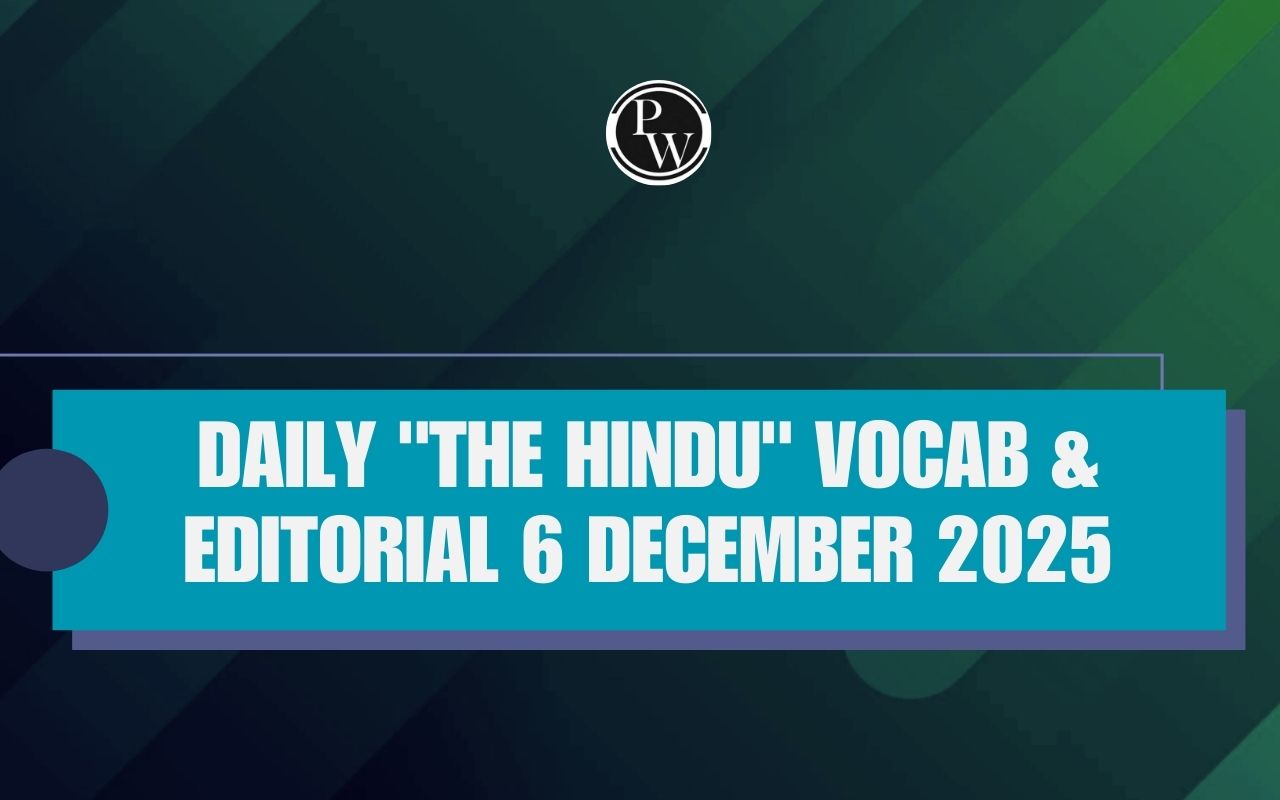
The Kheda Satyagraha , also known as the Kheda movement, took place in Gujarat's Kheda district. Mahatma Gandhi led this movement, which aimed to support the local peasants. It was an important part of India's fight for freedom and followed the Champaran Satyagraha. The main goal was to stop the British from imposing high taxes and mistreating the peasants. Gandhi Ji wanted to end these injustices. The Kheda Satyagraha had a significant impact on India's journey to independence.
Kheda Satyagraha 1918
The Kheda movement was led by Mahatma Gandhi to help the peasant-Patidar community in Kheda. These farmers faced a tough time after losing their crops due to diseases like plague and cholera. Despite this hardship, they were asked to pay a very high tax of 23%. Gandhi supported them and urged them not to pay the tax. He asked for relief from this tax burden. Eventually, the British government agreed and only taxed those who could afford it. This movement, called Kheda Satyagraha, began in 1918 and marked the start of the Non-Cooperation Movement. Gandhi had a team that travelled around, led by people like Indulal Yagnik, Shankarlal Banker, and Mahadev Desai. They worked to spread awareness about the rights of farmers, with support from leaders like Sardar Vallabhbhai Patel.Kheda Satyagraha Overview
Go through the Kheda Satyagraha Overview in the table below:|
Kheda Satyagraha Overview |
|
| Kheda Satyagraha Date | 11th March 1918 |
| Kheda Satyagraha Place | Kheda , Gujarat |
| Kheda Satyagraha Reason | Despite a devastating crop failure and outbreaks of plague and cholera, the peasant-Patidar hamlet of Kheda was forced to submit to a 23 % tax rise. |
| Kheda Satyagraha also known as | First non-cooperation movement led by Mahatma Gandhi |
Kheda Satyagraha History
In 1918, parts of Gujarat suffered from floods and famine. This led to a big problem for local farmers—they couldn't produce enough crops and couldn't pay the taxes the British government demanded. The farmers asked for help many times, but the British didn't listen. When Mahatma Gandhi saw how the farmers were suffering, he decided to help. He believed strongly in truth, peace, and non-violence. Gandhi saw this situation as a chance to use Satyagraha—a peaceful protest method he believed in—against British rule. This movement became a way for the farmers to fight back against the British government. The Kheda Satyagraha began on March 22, 1918, and concluded on June 5, 1918. Gandhi Ji led this movement alongside many social reformers, activists, and freedom fighters. They all came together to support the farmers in Kheda and fulfil their demands.Kheda Satyagraha 1918 Timeline
The Kheda Satyagraha began on March 22, 1918, and concluded on June 5, 1918. Gandhi Ji led this movement alongside many social reformers, activists, and freedom fighters. They all came together to support the farmers in Kheda and fulfill their demands.|
Kheda Satyagraha 1918 Timeline |
|
| Champaran Satyagraha | 1917 |
| Ahmedabad Mill Strike | 1918 |
| Kheda Satyagraha | 1918 |
| satyagraha against Rowlett act | 1919 |
Kheda Satyagraha 1918 Leaders
The Kheda Satyagraha was led by Mahatma Gandhi, who was a key figure in India's Satyagraha movement. But the success of this movement wasn't just because of Gandhi alone. Local leaders, especially Sardar Vallabhbhai Patel, who was a lawyer and a resident there, played a vital role. Patel helped organize the farmers and spread the message in nearby villages. Others like Indulal Yagnik, N.M. Joshi, Shankerlal Pareekh, and Mahadev Desai were also important contributors.- Shankarlal Banker
- Narhari Parikh
- Mahadev Desai
- Indulal Yagnik
- Narhari Parikh
- Ravi Shankar Vyas
- Mohanlal Pandya
Kheda Satyagraha 1918 Features
The Kheda Satyagraha happened because the crops in Kheda faced problems from diseases like plague and cholera. The British government had put a 23% tax on the farmers, even when their crops were severely affected. The farmers asked for a reduction in tax according to the Revenue Code, which allowed for a lower tax if the crop production was one-fourth less than normal. The Gujarat Sabha, including the peasants, requested the British government to pause the 1919 revenue assessment. The British warned that if the farmers didn't pay the 23% tax, their lands would be taken away, making it hard for them to grow crops. Gandhi, respected as the father of our nation, urged the people of Kheda not to pay this unfair tax. He and his legal team guided and supported the citizens of Kheda, offering advice and leadership for their protest. People of all backgrounds joined in this movement against the tax. It became a powerful symbol of unity and discipline. Even when the British seized the property of many farmers, they didn't stop supporting Sardar Vallabhbhai Patel, who led the movement until their demands were met.Kheda Satyagraha 1918 Effects
The Kheda Satyagraha was very important for India's freedom struggle. It showed that peaceful protests could be strong and make big changes. People saw that by not paying taxes and peacefully protesting, they could stop the government from working. This made the leaders talk to the protesters and make some changes. It proved that peaceful ways can push those in power to do what's right. Instead of fighting, the Kheda Satyagraha used peaceful ways like not cooperating. This made them look like victims of unfairness, not troublemakers. Many people, both in India and outside, supported them because they were nonviolent. This protest showed how Mahatma Gandhi's ideas could work in India. It was a big win and it made Gandhi even more popular. He became a symbol of India's fight for freedom and inspired many others. The Kheda Satyagraha was not just important for India. It also inspired movements in other parts of the world, like Martin Luther King Jr.'s fight in the United States. This protest opened the door for other big movements in India's fight for freedom. This protest showed that peaceful ways can bring big changes and it made Gandhi a very respected leader. It inspired many other fights for fairness and freedom, not just in India but in other places too. To succeed in upcoming exams, candidates should consider exploring PW SSC Books We provide high-quality content at an affordable price, including sample papers, mock tests, guidance sessions, and more to ensure aspirants secure their selection. Also, enroll today on SSC Online Coaching to turn your dreams into reality.| Other Related Links | |
| Tiger Reserves in India | National Parks in India |
| Biosphere Reserves in India | Elephant Reserves in India |
Salt Satyagraha FAQs
Q1. What was the aim of Kheda Satyagraha?
Ans. Gandhi directed Sardar Vallabhbhai Patel to lead the farmers in a demonstration against tax collecting after the famine. The initiative is supported by residents of the district of all castes and races.
Q2. When did Kheda Satyagraha start?
Ans. On March 11, 1918, barely four days after the massive mill strike in Ahmedabad, the Kheda Satyagraha got underway.
Q4. Why did Gandhiji went to Kheda?
Ans. Gandhiji led the agitation in 1917 in Gujarat’s Kheda area, calling for a relaxation of the revenue tax because the farmers there were suffering from poverty due to the plague outbreak and crop failure.
Q5. What was the main demand of Kheda Satyagraha?
Ans. A decrease in income payments was the main demand of the Kheda peasants.
Talk to a counsellorHave doubts? Our support team will be happy to assist you!

Check out these Related Articles
Free Learning Resources
PW Books
Notes (Class 10-12)
PW Study Materials
Notes (Class 6-9)
Ncert Solutions
Govt Exams
Class 6th to 12th Online Courses
Govt Job Exams Courses
UPSC Coaching
Defence Exam Coaching
Gate Exam Coaching
Other Exams
Know about Physics Wallah
Physics Wallah is an Indian edtech platform that provides accessible & comprehensive learning experiences to students from Class 6th to postgraduate level. We also provide extensive NCERT solutions, sample paper, NEET, JEE Mains, BITSAT previous year papers & more such resources to students. Physics Wallah also caters to over 3.5 million registered students and over 78 lakh+ Youtube subscribers with 4.8 rating on its app.
We Stand Out because
We provide students with intensive courses with India’s qualified & experienced faculties & mentors. PW strives to make the learning experience comprehensive and accessible for students of all sections of society. We believe in empowering every single student who couldn't dream of a good career in engineering and medical field earlier.
Our Key Focus Areas
Physics Wallah's main focus is to make the learning experience as economical as possible for all students. With our affordable courses like Lakshya, Udaan and Arjuna and many others, we have been able to provide a platform for lakhs of aspirants. From providing Chemistry, Maths, Physics formula to giving e-books of eminent authors like RD Sharma, RS Aggarwal and Lakhmir Singh, PW focuses on every single student's need for preparation.
What Makes Us Different
Physics Wallah strives to develop a comprehensive pedagogical structure for students, where they get a state-of-the-art learning experience with study material and resources. Apart from catering students preparing for JEE Mains and NEET, PW also provides study material for each state board like Uttar Pradesh, Bihar, and others
Copyright © 2025 Physicswallah Limited All rights reserved.
Get App









